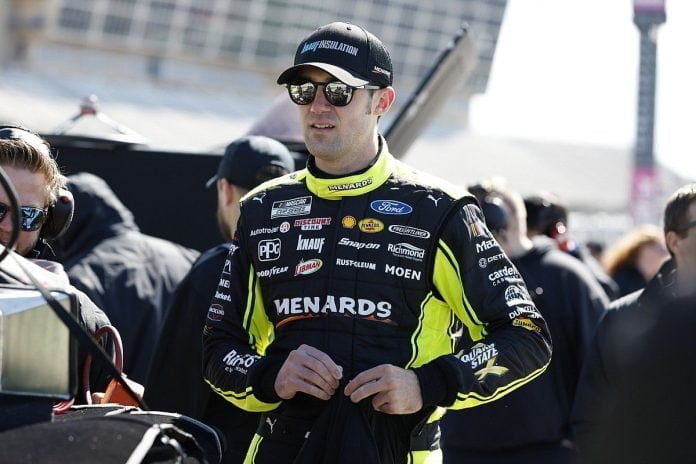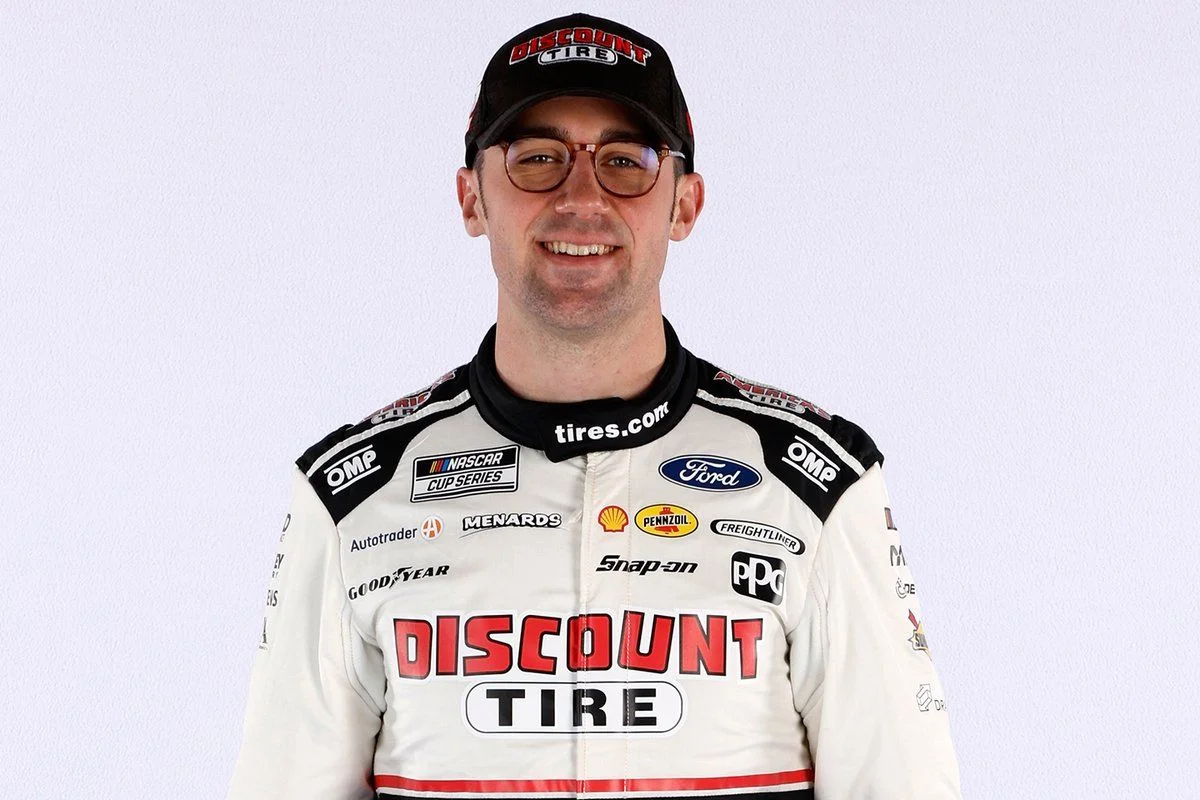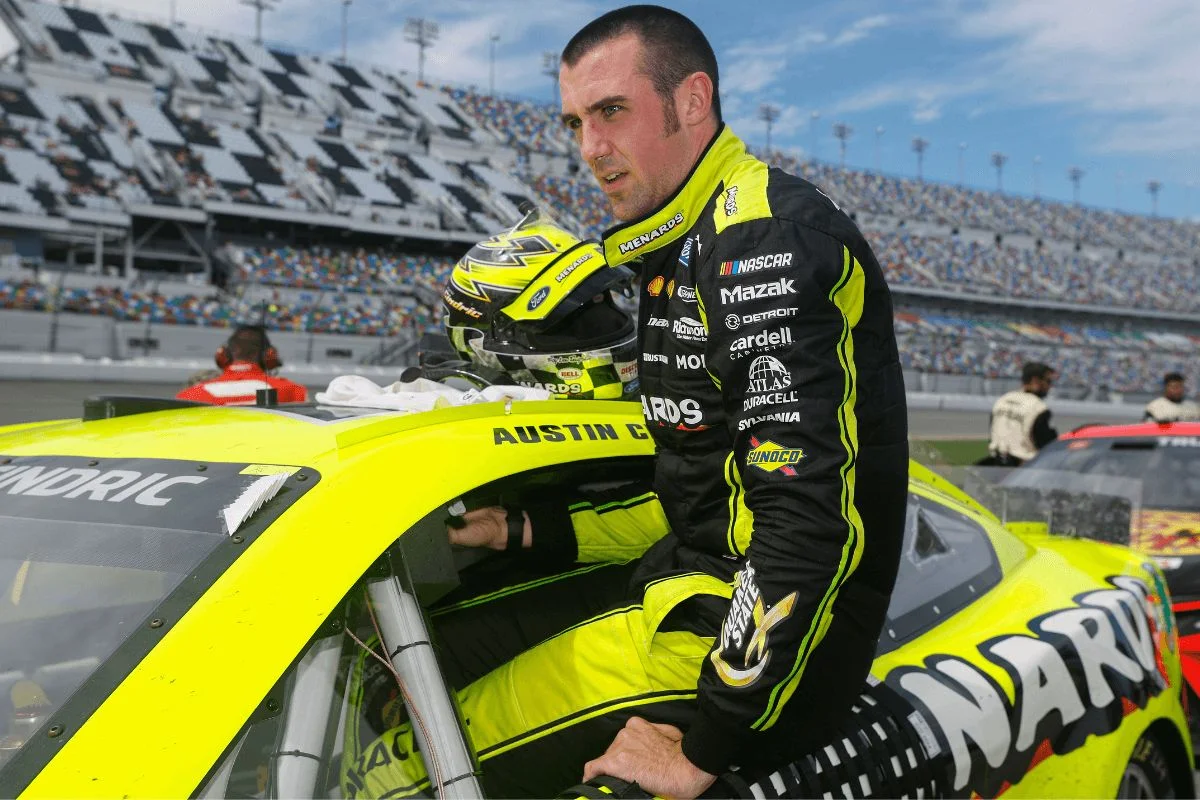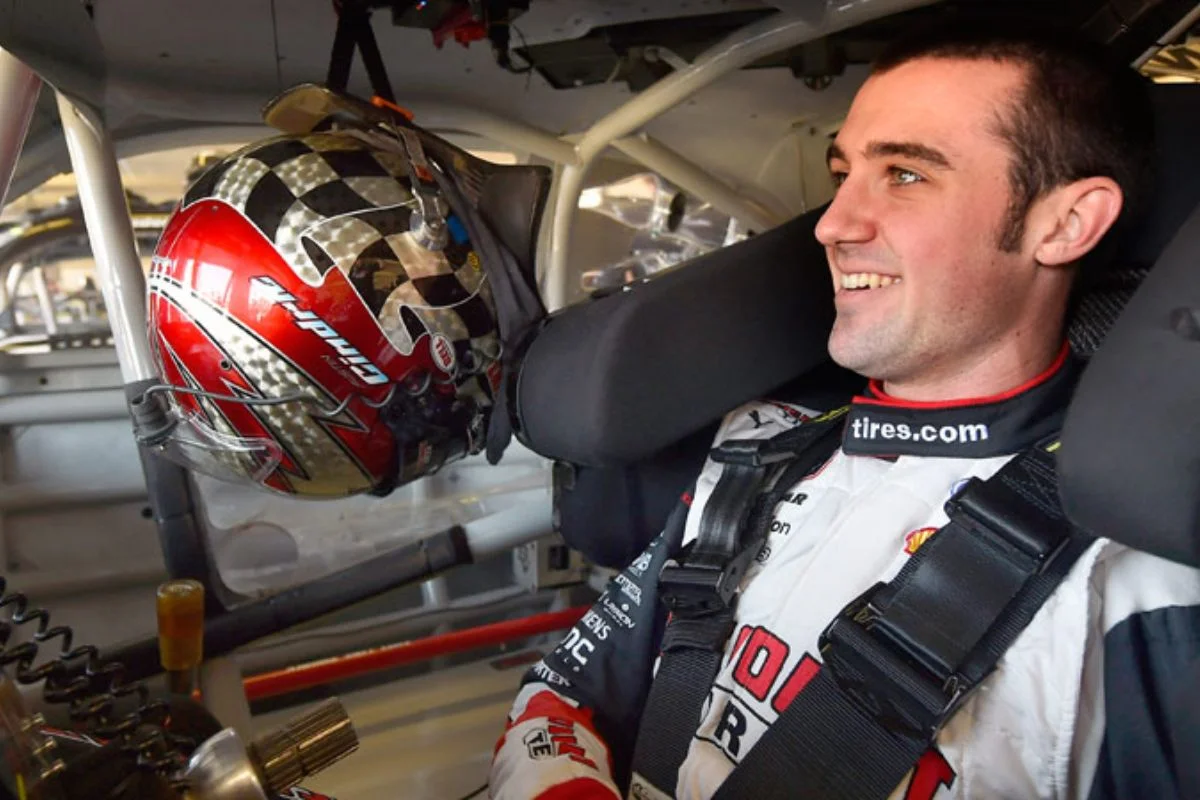Austin Cindric’s Late-Race Crash: The late-race crash involving Austin Cindric in Cook Out 400 at Martinsville Speedway, and NASCAR’s subsequent decision not to wave the caution flag, has ignited a complex debate surrounding the consistency of officiating and the criteria for deploying caution in critical race moments. This incident not only influenced the immediate outcome of the race but also cast a long shadow over championship standings, bringing to the forefront the intricate balance between strict rule adherence and the dynamic nature of racing judgment calls.
Key Takeaways
- Austin Cindric was involved in a late-race crash during the Green-White-Checkered finish at Martinsville Speedway.
- NASCAR faced criticism for not deploying the caution flag following Cindric’s collision.
- The incident sparked discussions on the consistency of NASCAR’s officiating and the criteria for caution-worthy incidents.
- Cindric and Kaz Grala expressed differing reactions, highlighting the emotional and strategic complexity among drivers.
- The crash showed the importance of spatial awareness and risk assessment in NASCAR sport.
On-Track Incident and NASCAR Decision
In a controversial decision that left fans and commentators both in disbelief, NASCAR opted not to deploy the caution flag after Austin Cindric’s car suffered considerable damage following a collision on the overtime restart at Martinsville. This moment, crucial to the race’s outcome, highlighted NASCAR’s often unpredictable enforcement of its caution protocol, sparking a debate on consistency and safety within the sport.
The incident unfolded during the critical Green-White-Checkered finish, a scenario designed to make sure races end under green flag conditions, if possible. Cindric, caught in the turbulence of aggressive, late-race moves, found his vehicle turned and significantly damaged. Typically, such events would trigger NASCAR’s caution protocols to guarantee track safety and fair competition. However, in this instance, the race officials decided against it, allowing the competition to proceed to its conclusion without intervention.
This decision was further complicated by the broadcast’s reaction. Mike Joy and the FOX sports booth, anticipating the standard procedure, momentarily signaled a caution on the live broadcast—a false alarm that added to the confusion and the growing discussion on the consistency of NASCAR’s race management.
“Somebody probably made it three wide, and wrecked me and a couple of other guys. That’s what happened,” Cindric explained “Can’t do anything about getting wrecked at the end of a race.”
Post-Race Analysis and Controversy
Following the dramatic conclusion at Martinsville, the post-race analysis has ignited a fresh wave of controversy surrounding NASCAR’s officiating decisions, particularly in high-stakes moments. The incident involving Austin Cindric, who managed to keep his car moving despite being hit multiple times, has become a focal point in the ongoing debate about the consistency and application of NASCAR’s rules concerning cautions and restarts.
- NASCAR’s Reluctance to Intervene: The governing body’s apparent hesitation to bring out the caution flag in the closing laps has raised questions. This decision seemingly aligns with a broader strategy to minimize the disruption of races through excessive caution periods, particularly during pivotal moments.
- Debris Concerns: Despite Cindric’s ability to continue the potential for debris on the track, which could endanger other drivers, has not gone unnoticed. Critics argue that the standard for what constitutes a caution-worthy incident, especially regarding debris, seems inconsistently applied.
- Impact on Race Outcomes: The decision not to call a caution allowed the race to conclude without another restart, directly influencing the race’s outcome and potentially the championship standings.
From Noah’s in-car it looks like the 77 dive-bombed the 15 which caused the 15 to get into Cindric spinning him out. pic.twitter.com/J8JjA5J4qs
— Elizabeth (@echia99) April 7, 2024
Hendrick Motorsports Success and Race Outcome
Amidst the unfolding drama at Martinsville, Hendrick Motorsports emerged as a beacon of success, celebrating a historic victory on their 40th anniversary that highlighted their dominance and strategic prowess in the Cup Series. This monumental win, coming in the wake of a controversial no-call, emphasized not just the team’s ability to capitalize on race dynamics but also their enduring legacy in NASCAR’s elite competition. Rick Hendrick, although not present in person, expressed immense satisfaction with the team’s performance, a sentiment that resonated through the entire Hendrick Motorsports organization.
The team’s success at Martinsville was not merely a product of circumstance but a demonstration of the collective strength and skill of its drivers. Chase Elliott, showing a resurgence of speed, showcased the depth of talent within the team. Alex Bowman’s strong performance at various stages of the race further illustrated the team’s competitive edge. Kyle Larson, consistent as ever, remained a formidable contender, echoing the relentless drive that defines Hendrick Motorsports. However, it was William Byron who emerged as the standout figure, not just within the team but in the Cup Series at large, his prowess on the track signaling a new era of dominance for Hendrick Motorsports.
Description of the Incident
A late-race move by Carson Hocevar, involving a high-stakes three-wide pass attempt on Kaz Grala and Austin Cindric, ended in insufficient space and a consequential crash as the NASCAR Cup Series field neared the final lap in the Cook Out 400 at Martinsville Speedway. The incident, not broadcasted live on FS1 but later revealed through Noah Gragson’s onboard camera footage shared by a social media user, showcases the razor-thin margins and split-second decisions that define NASCAR racing at its most competitive.
- Spatial Awareness: The incident highlights the critical importance of spatial awareness at Martinsville Speedway. The track’s narrow confines leave little room for error, especially in the heat of the race’s final moments.
- Risk Assessment: Hocevar’s bold action reflects a high-risk strategy often seen in the closing stages of NASCAR races. While such tactics can lead to significant gains, they also carry the potential for costly outcomes.
- Impact on Race Outcome: The crash had implications not only for the drivers directly involved but also for the overall race dynamic. Incidents like these can dramatically alter the competitive landscape in the closing laps.
The crash with 2 laps to go, Corey LaJoie's onboard.
— Andrew (@Basso488) April 7, 2024
Don't have Hocevar & Cindric's onboard yet. pic.twitter.com/AEP6Y671yd
Driver Reactions and Analysis
Reflecting on the chaotic events at Martinsville Speedway, drivers shared their perspectives, offering a deeper understanding of the incident’s impact and their immediate reactions. Austin Cindric, involved directly in the late-race crash, was initially unsure of the specifics but instinctively knew someone had made a bold move to go three-wide, which led to the collision. Despite this setback, Cindric acknowledged his decent race pace, attributing the unfortunate outcome to a few critical mistakes that ultimately compromised his performance. On the other hand, Kaz Grala, another victim of the three-wide tactic, took to X to express his frustration, summarizing the occurrence as an unnecessary obliteration.
Got absolutely obliterated for no reason lol https://t.co/XefpLAkjjC
— Kaz Grala (@KazGrala) April 7, 2024
This differing perception of the incident highlights the complexity of emotions and interpretations that follow a high-stakes racing event. Cindric’s analytical approach contrasts with Grala’s candid disappointment, illustrating the multifaceted nature of driver reactions in the heat of competition.
“We have some areas to improve,” Cindric stated. “I think I made a bad call in the choose, lost us a couple (of positions). I think the strategy didn’t play out there running long, lost a couple, probably lost the lead lap. Yeah, it’s part of it. Good solid speed, it’s so hard to make up the track position stuff.”
News in Brief
The incident involving Austin Cindric’s late-race crash at Martinsville Speedway and NASCAR’s subsequent decision not to deploy the caution flag has ignited a significant debate regarding the consistency of officiating and the criteria for caution deployment.
This episode emphasizes the delicate balance between strategy, skill, and emotion inherent in high-stakes racing. It also highlights the profound impact of officiating decisions on race outcomes and championship standings, thereby highlighting the complexities that competitors face in navigating the dynamic and often unpredictable nature of motorsports competitions.
Our Reader’s Queries
Q. How many NASCAR races has Austin Cindric won?
A. In 2020, Austin Cindric clinched the NASCAR Xfinity Series championship. Throughout the 2021 season, his prowess continued, securing five victories and adding to his impressive tally of 13 career Xfinity wins. Notably, Cindric’s performance catapulted him into the Championship 4, showcasing his enduring dominance on the track.
Q. Is Austin Cindric related to Penske?
A. Timothy J Cindric, born on April 20, 1968, commands as esteemed American motorsports executive, currently serving as the President of Team Penske. Notably, he holds the proud distinction of being the patriarch to racing prodigy Austin Cindric, further solidifying the family’s illustrious legacy in the world of motorsports.
Q. Is Austin Cindric a good driver?
A. Having triumphed across NASCAR’s premier tiers – Cup, Xfinity, Trucks, ARCA, and K&N Pro Series – this racing virtuoso etched his name in history by clinching the 2022 Daytona 500 title, marking a monumental feat as the first Cup Series rookie to seize victory in the iconic “Great American Race.” Notably, his remarkable debut season culminated in being bestowed the distinguished title of the 2022 NASCAR Cup Series Rookie of the Year.
ALSO READ: Austin Cindric’s COTA Comeback: Can He Reset His Season?





